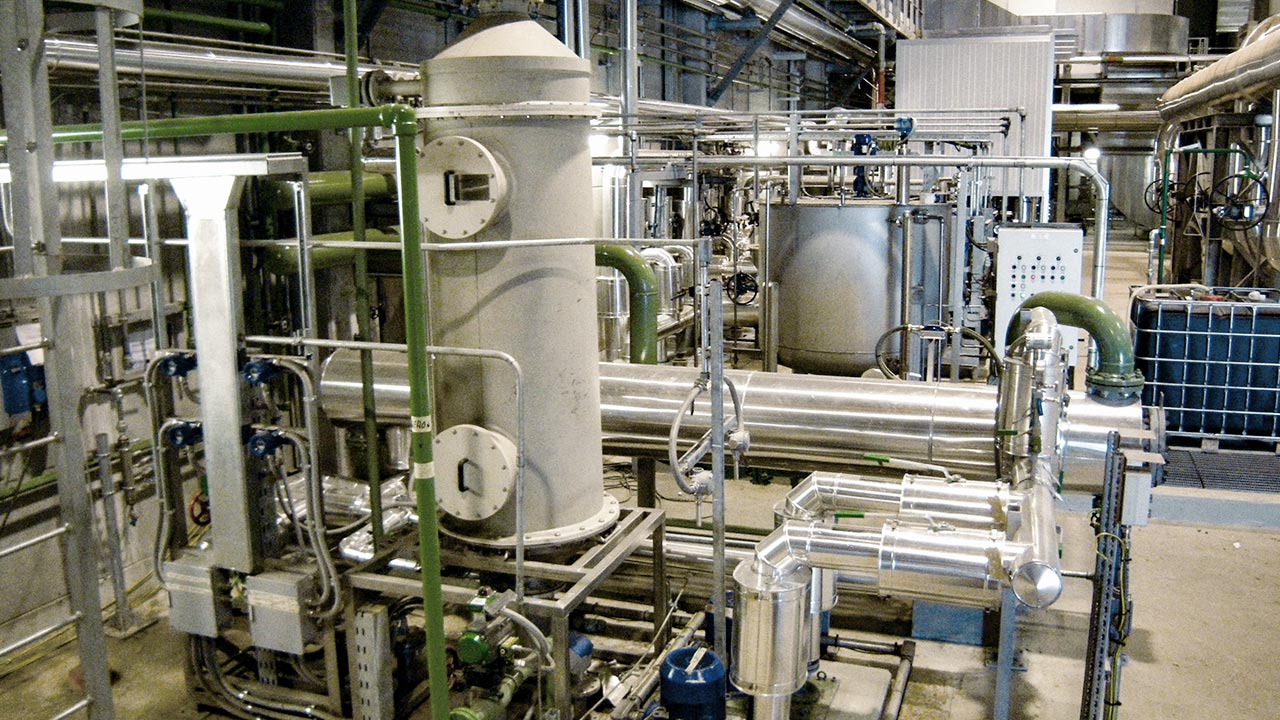
Water Cooling Systems
TypesTo make the fluid suitable for processing requires temperature regulation of the water flows; something that can be done by heat exchangers or specific unit heaters.
Heat exchangers raise or lower the temperature by means of a liquid channeled into a closed circuit, preventing the two fluids from coming into contact.
The types of exchangers differ mainly in form and function.

Types of Heat Exchangers
A plates
The plate exchanger consists of a sequence of corrugated plates, so as to increase the exchange surface area and turbulence and prevent plate bending.
They are about 0.5-3 mm thick, and are separated from each other at a distance of about 1.5-5 m by a gasket, usually made of rubber, which provides a hydraulic seal to the outside and around the passage holes.
The plates have holes that allow the passage of fluids, hot and cold. The contact allows heat transfer from the hot fluid to the cold fluid, the heat transferefficiency is indeed high.
It is the most suitable system in case of:
- Limited space
- ΔT between fluids less than 1°C
- Flexibility, because of the possibility of adding new plates.
Shell and tube
The shell and tube exchanger consists of a bundle of tubes placed inside a cylindrical-shaped vessel, called the shell.
This device is traversed by two fluid currents: one current flows "tube side," that is, inside them, while the other current flows "shell side," that is, in the space bounded between the inner and outer surfaces of the tubes.
Inside the exchanger are septa that guide the liquid as it passes through the shell; thus heat transfer is optimized.
It is suitable in cases of:
- Wide space
- ΔT greater than 1000°C between fluids
- Pressure systems.
Tube in tube
The tube-to-tube exchanger consists of a tube inserted inside a second tube with a larger diameter.
The two fluids can flow in the same direction or in two opposite directions.
It is the most suitable system in case of:
- High viscosity fluids
- High-density fluids
- Fluids with high fiber or solid particle contamination.
Unit heaters
Unit heaters are distinguished by the peculiarity of heat exchange through theuse of air.
As with heat exchangers, a closed circuit is used, and the temperature processed by this type of system can exceed 100°C.
This type of equipment is useful for cooling processes and machinery used in industrial production activities.
